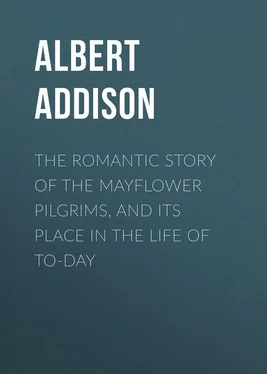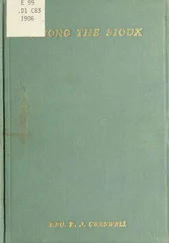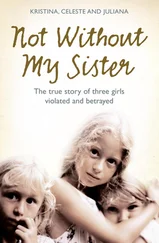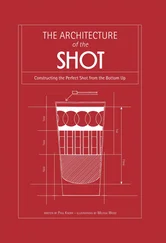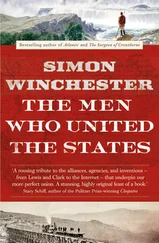The basement cells in which the prisoners were placed had been in use at that time for about sixty years, for "in 1552 it was ordered that the kitchens under the Town Hall and the chambers over them should be prepared for a prison and a dwelling-house for one of the sergeants." There must have been more cells formerly. Two of them now remain. They are entered by a step some eighteen inches high; are about six feet broad by seven feet long; and in lieu of doors they are made secure by a barred iron gate.
Into these dens the captives were thrust. Short of a dungeon underground, no place of confinement could have been more depressing. Only the heavy whitewashed gate, scarce wide enough to allow a man to enter, admits the light and air; and the interior of each cell is dark as night. We can imagine the misery of men fated to inhabit for long such abodes of gloom; it must have been extreme. They look as if they might have served as coal cellars for feeding the great open fireplaces which, with their spits and jacks and winding-chains, still stand there in the long open kitchen much as they did when they cooked the last mayoral banquet or May Day dinner for the old Bostonians.
A curious winding stair (partly left with its post), terminating at a trapdoor in the court-room floor, was the way by which prisoners ascended and descended on their passage to and from the Court above.
Now these justices who had the dealing with the Pilgrim Fathers were humane men, and were not without a feeling of sympathy for the unhappy captives. It is therefore reasonable to suppose that during some portion of this time, when their presence was not required by the Court, they may have found them better quarters than the Guildhall cells. There was a roomy ramshackle pile near the church in the market-place, half shop, half jail, of irregular shape, with long low roof, which in 1584 was "made strong" as regards the prison part, though in 1603 – four years before the date under notice – it was so insecure that an individual detained there was "ordered to have irons placed upon him for his more safe keeping," with a watchman to look after him! And thirty years later the jail, "and the prison therein called Little-Ease," were repaired.
We know what "Little-Ease" means well enough; and so did many a wretched occupant of these barbarous places. The Bishop of Lincoln, in the old persecuting days, had at his palace at Woburn "a cell in his prison called Little-Ease," so named because it was so small that those confined in it could neither stand upright nor lie at length. Other bishops possessed similar means of bodily correction and spiritual persuasion.
This was worse than the Guildhall cells, with all their gloomy horror; and if the magistrates entertained their unwilling guests at the town jail, we may rest satisfied they did not eat the bread of adversity and drink the water of affliction in Little-Ease, but in some more spacious apartment. We have no evidence that they did so entertain them, and the traditional lodging-place of these intercepted Pilgrims is the Guildhall and nowhere else. It is probable, all the same, that a good part of their captivity was spent in the town prison.
Although the magistrates, from Mayor John Mayson downward, felt for the sufferers and doubtless ameliorated their condition as far as they could, it was not until after a month's imprisonment that the greater part were dismissed and sent back, baffled, plundered, and heart-broken, to the places they had so lately left, there to endure the scoffs of their neighbours and the rigours of ecclesiastical discipline.
Seven of the principal men, treated as ring-leaders, were kept in prison and bound over to the assizes. Apparently nothing further was done with them. Brewster is said to have been the chief sufferer both in person and pocket. He had eluded a warrant by leaving for Boston, and we know this was in September, because on the fifteenth of that month the messenger charged to apprehend Brewster and another man, one Richard Jackson of Scrooby, certified to the Ecclesiastical Court at York "that he cannot find them, nor understand where they are." On the thirtieth of September also the first payment is recorded to Brewster's successor as postmaster at Scrooby.
How the imprisoned Separatists fared, there is nothing to show. No assize record exists. The Privy Council Register, which could have thrown light on the matter, was destroyed in the Whitehall fire of 1618; and the Boston Corporation records, which doubtless contained some entry on the subject that would have been of the greatest interest now, are also disappointing, as the leaves for the period, the first of a volume, have disappeared.
Конец ознакомительного фрагмента.
Текст предоставлен ООО «ЛитРес».
Прочитайте эту книгу целиком, купив полную легальную версию на ЛитРес.
Безопасно оплатить книгу можно банковской картой Visa, MasterCard, Maestro, со счета мобильного телефона, с платежного терминала, в салоне МТС или Связной, через PayPal, WebMoney, Яндекс.Деньги, QIWI Кошелек, бонусными картами или другим удобным Вам способом.
Dr. John Brown in "The Pilgrim Fathers of New England and their Puritan Successors."
"Seeing themselves thus molested, and that there was no hope of their continuance there, they resolved to go into ye Low Countries, wher they heard was freedome of religion for all men; as also how Sundrie from London, and other parts of ye land had been exiled and persecuted for ye same cause, and were gone thither and lived at Amsterdam and in other places of ye land, so affter they had continued togeither about a year, and kept their meetings every Saboth, in one place or other, exercising the worship of God amongst themselves, notwithstanding all ye dilligence and malice of their adversaries, they seeing they could no longer continue in yt condition, they resolved to get over into Hollăd as they could which was in yy year 1607-1608." – Bradford's "History of Plymouth Plantation."
